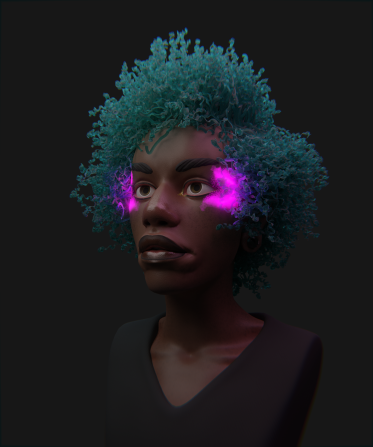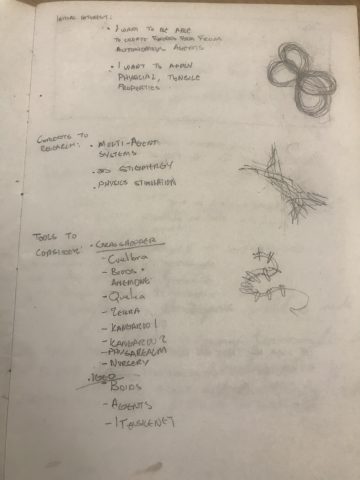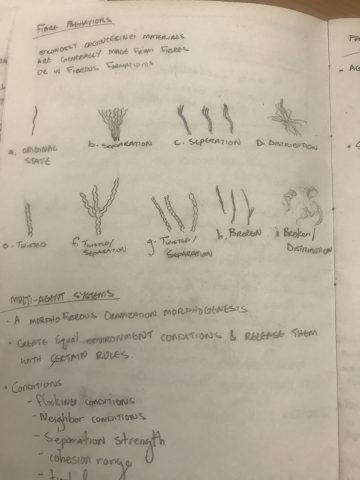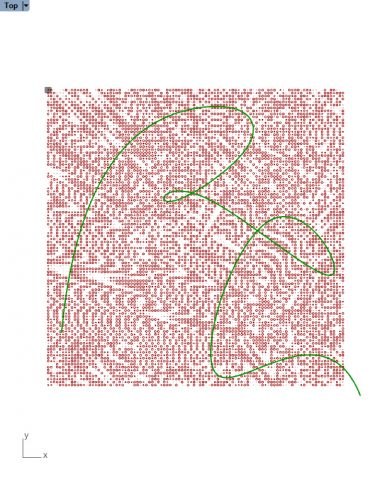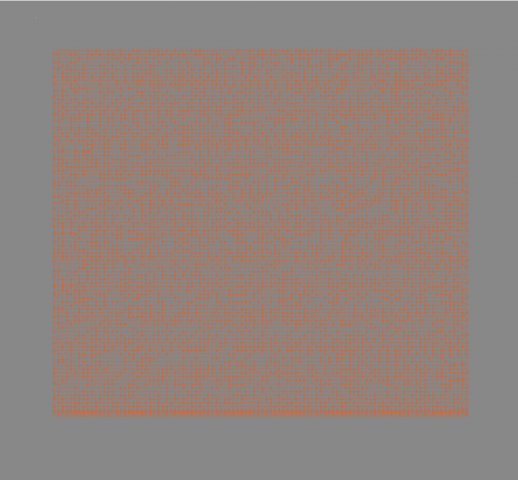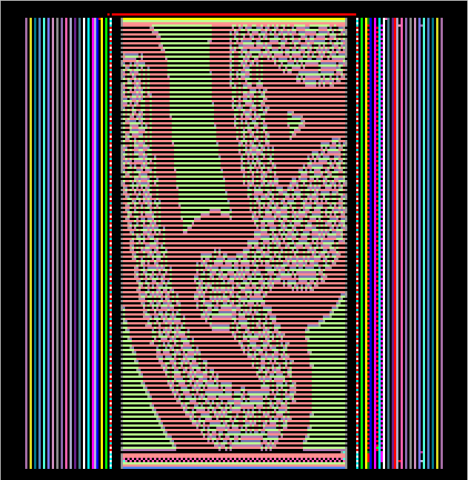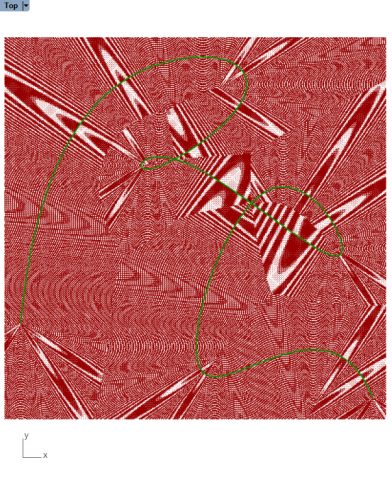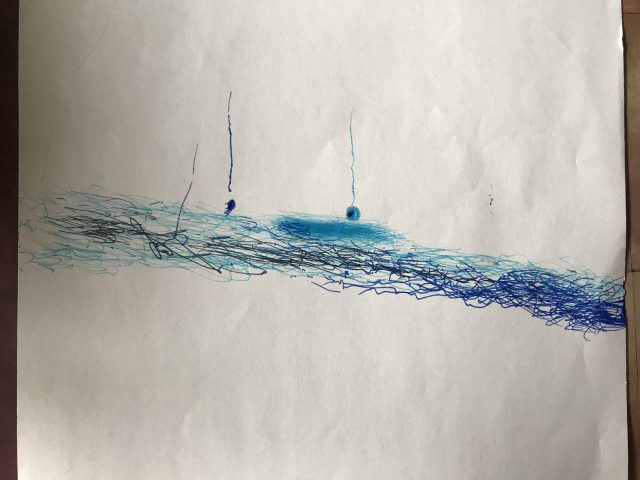Initial Question:
Through this creative inquiry, I seek to understand
the ways in which computational simulation can create
complex, geometric compositions. Using particle
simulations, I’m investigating how one may relinquish
discrete control of compositional geometry by endowing
with these autonomous agents with varying behaviors.
These agents then react and respond to various
environmental parameters, which I manage directly.
How may one create an artistic composition by allowing
digital space to act as environmental pressure on
a computational material?
Inspiration:
Murjoni Merriweather
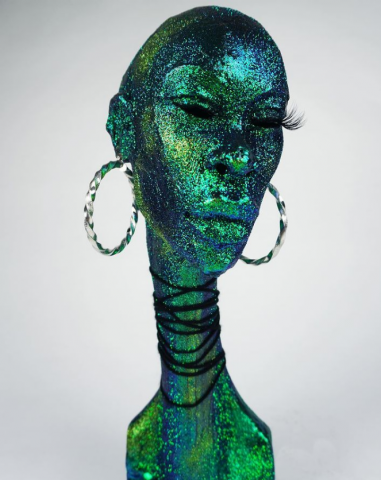
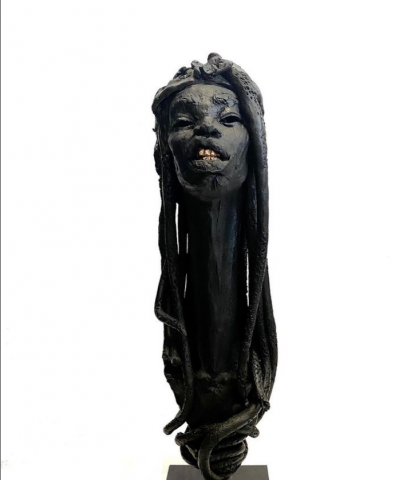
Process:

My direction for this project has pivoted.
Rather than having particles merely trace
complex geometries as an end, I seek to use
forces, enacting geometries, and particles
systems to reflect the complex fiber
architectures of African hair.
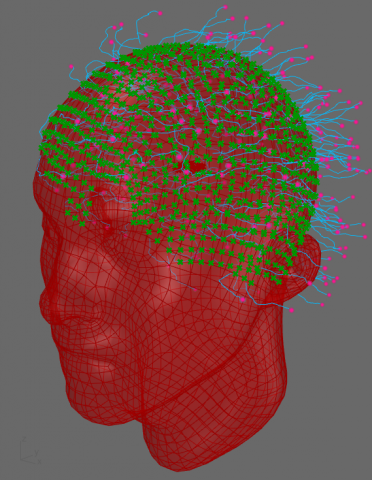
[videopack id=”2264″]https://courses.ideate.cmu.edu/60-428/f2021/wp-content/uploads/2021/11/20211117_hairTest.mp4[/videopack]
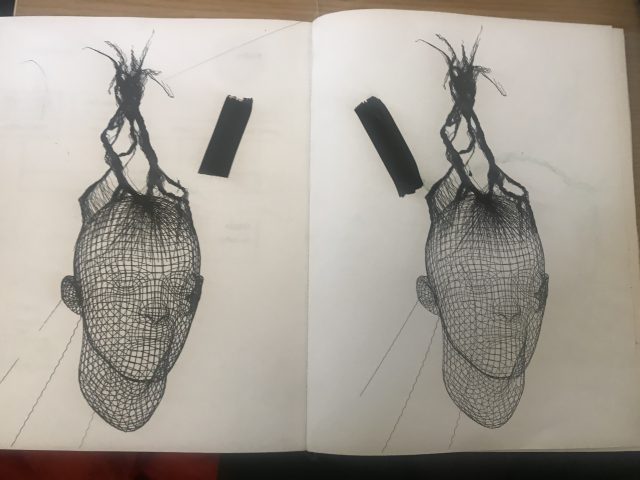

In the second test of the particle trails
emanating from a 3D head model, I switched
to an extra fine Prices V5 rolling ball pen,
which was thinner than my micron pen.
I also used color in a test. I found that 500
particles may be a bit heavy for 8.5 x 11in paper.
Materials constraints also need to be considered
in future tests. As I need a substrate and mark
making tools that collaborate well together.
